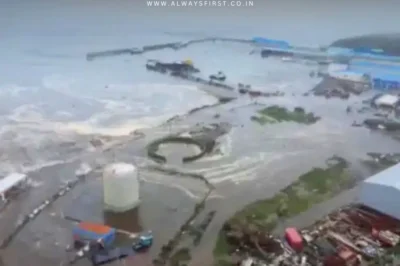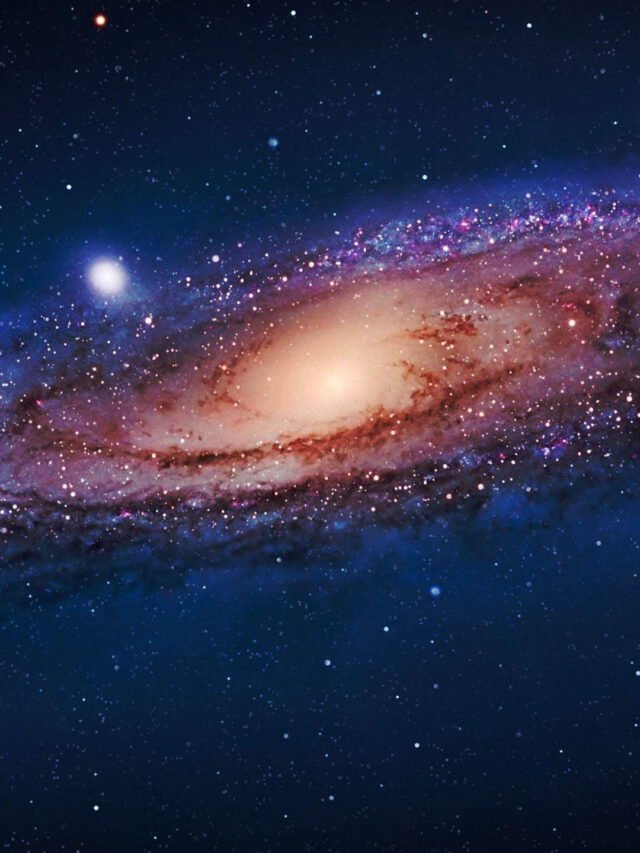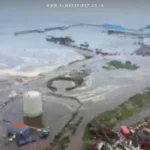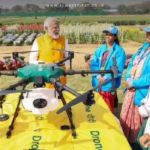Key Highlights:
✔ Tsunami Alert Issued – A Russian earthquake near the Kuril Islands triggered Pacific-wide warnings, including for California.
✔ What Causes a Tsunami? – Undersea quakes, volcanic eruptions, or landslides displace water, creating deadly waves.
✔ 5 Deadliest Tsunamis – From the 2004 Indian Ocean disaster to Japan’s 2011 tragedy, these events reshaped history.
Tsunami Warnings Sound After Russian Quake
A strong undersea earthquake near Russia’s Kuril Islands today sent tsunami advisories rippling across the Pacific, putting coastal regions—from Hawaii to California—on high alert. While initial reports indicate no widespread destruction, the event serves as a stark reminder of how quickly Earth’s quietest corners can unleash chaos.
Tsunamis, often misrepresented as mere giant waves, are actually complex natural disasters born from seismic upheavals. Unlike typical ocean swells, these walls of water surge at jet-like speeds (up to 800 km/h in deep seas) before rising into devastating floods near shorelines. One telltale warning sign? An unusual sea retreat, exposing the ocean floor moments before impact.
The 21st Century’s Most Catastrophic Tsunamis
The past two decades have witnessed some of history’s deadliest tsunamis, reshaping coastlines and leaving deep humanitarian scars. Here are five that every student—and prepared citizen—should know:
- 2004 Indian Ocean Tsunami – Triggered by a 9.1-magnitude quake off Sumatra, this tsunami claimed over 230,000 lives across 14 countries, making it the deadliest in modern history.
- 2011 Tōhoku Tsunami (Japan) – A 9.0 quake spawned 40-meter waves, causing the Fukushima nuclear disaster and killing nearly 20,000.
- 2018 Sulawesi Tsunami (Indonesia) – A rare earthquake-triggered underwater landslide generated waves that wiped out entire neighborhoods, killing 4,340.
- 2010 Chile Tsunami – Following an 8.8-magnitude quake, waves traveled across the Pacific, causing damage as far as California and Japan.
- 2021 South Pacific Tsunami (Tonga) – A volcanic eruption unleashed waves that reached Peru, proving even non-seismic events can trigger tsunamis.
Why These Disasters Matter Today
With today’s near-miss serving as a wake-up call, experts stress that tsunami preparedness—from early warning systems to public education—can mean the difference between survival and catastrophe. As history shows, when the ocean roars, the world must listen.









































Leave a Reply